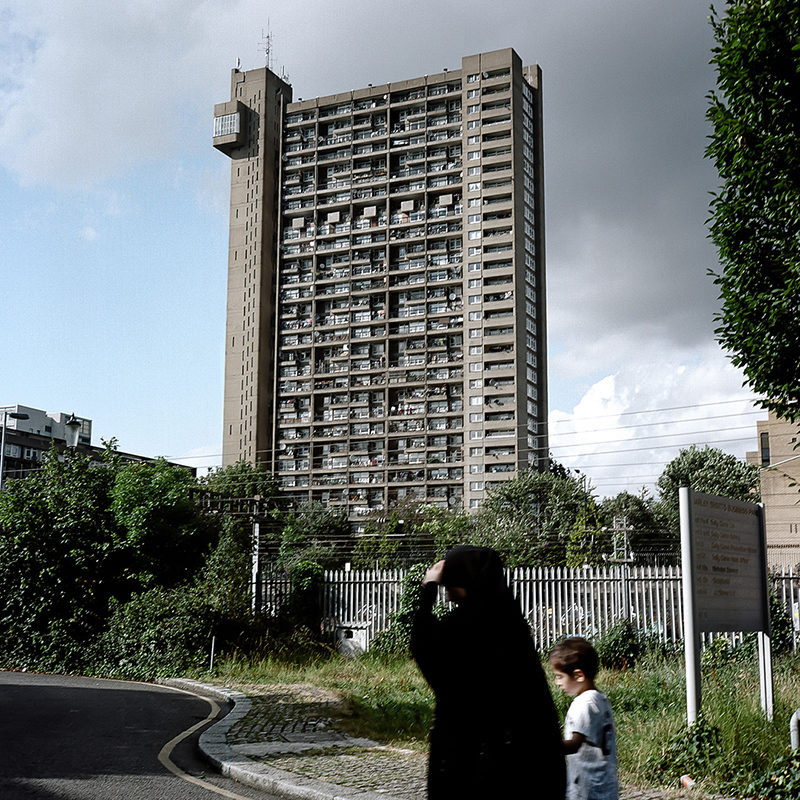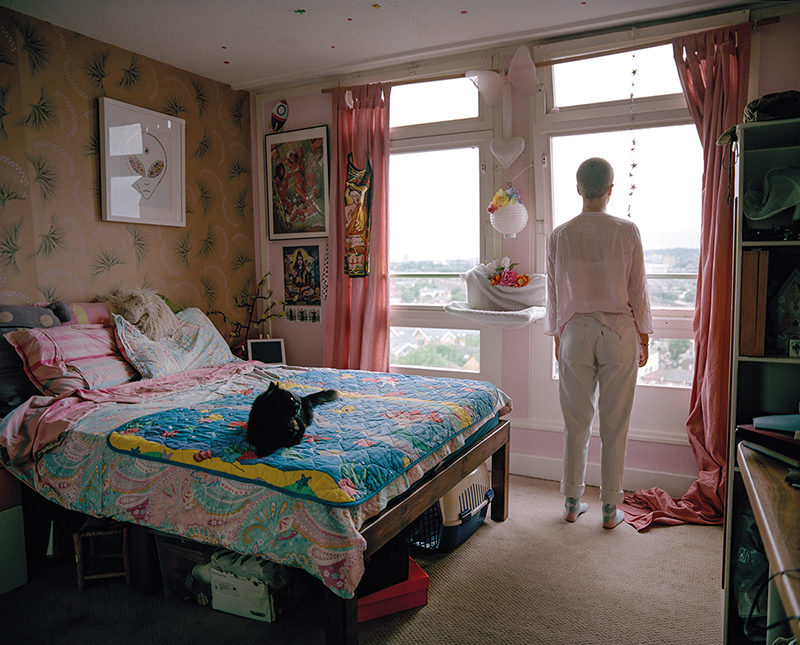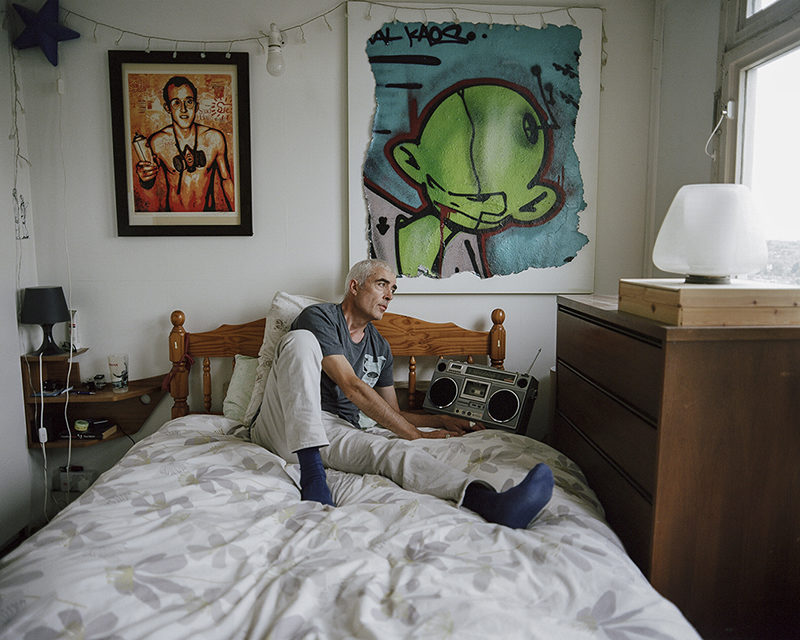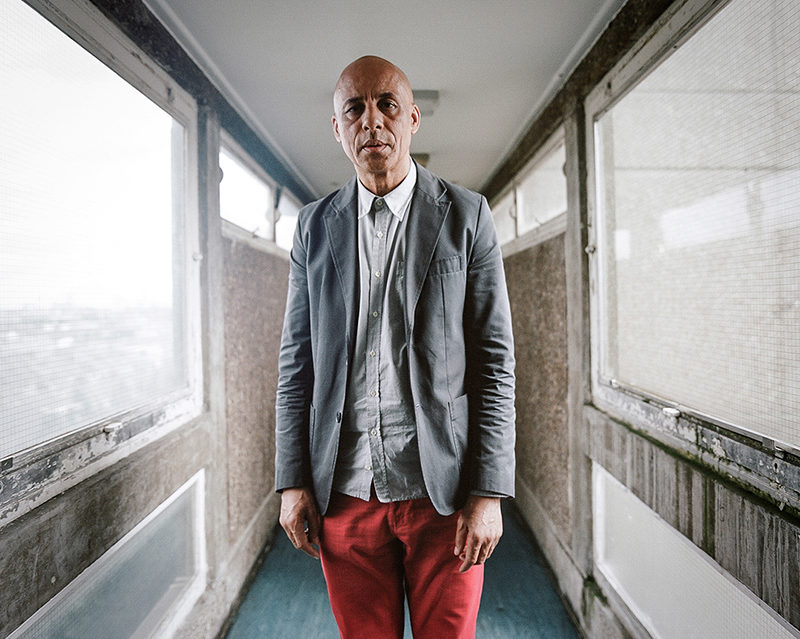Nicola Muirhead is a British-Bermudian documentary photographer and visual storyteller, with a BA in International Studies and a Minor in Conflict Resolution from Warren Wilson College, Asheville, North Carolina. Nicola worked for two years within the newspaper industry of Bermuda as a freelance photojournalist and staff photographer, with two documentary works shown in the Bermuda National Gallery on drug addiction and hunger in Bermuda in connection with the Alexia Foundation’s “Eyes on the World” exhibition. She worked closely with two non-profit organizations on the island to produce both bodies of work. She later received an individual grant from the Bermuda Arts Council in collaboration with childhood friend and artist, Stratton GW Hatfield, for their social-interactive community art instillation called WE ARE NOW that addressed sensitive and celebrated themes within their island community through photography and multimedia. Together they were awared the Best Visual Artist of 2016 from the ‘Best of Bermuda Awards’. Nicola finished her Masters in Documentary Photography and Photojournalism at the University of Arts London in January 2017 and is mostly based in West London, where she continues to work on her long-term project In Brutal Presence.



In Brutal Presence
The tragedy at Grenfell Tower has awakened the community of London to issues surrounding social housing in the most violent way, and in a broader context, to social inequality. The fire of June 14th, that claimed 80 lives, was due to the newly fitted cladding placed on the structure by the council – in order to “beautify” its appearance. There is no doubt that there would have been a different outcome had the council and their contractors valued the human life within these brutalist towers, over the profit of regeneration.
But this documentary brings a voice to another brutalist high-rise, just a mile away, in North Kensington, and shares their perspective about living in the richest borough of London. It is a tale of two towers, both alike, and yet one has perished needlessly while the other has been preserved.
Trellick Tower, built in 1972 by a famous architect called Ernö Goldfinger, became a Grade II listed building in the 1990s through a series of fortunate trends in pop culture. It was built a few years before Grenfell, during a time when the popularity of high-rise estates had decreased and negative stereotypes surrounding them had escalated. Trellick was often referred to as the “Tower of Terror” in the 70’s and 80’s by the media, but in reality the deterioration of the high-rise estate was due to the neglect of the council to implement security guards and adequate maintenance.
Once inducted into the English Heritage List for its unique architecture in the 90s, the building was protected from private developers and preserved under the guidelines of the organisation. This decision saved the tower from any cheap refurbishments and safeguarded its council tenants from being decanted.
As a result, Trellick has inadvertently become an evolving symbol as a last stance against the waves of the negative aspects of gentrification that carelessly occur when these tower blocks become desirable properties to re-develop.
This on-going documentary is a meditation on the beautiful characters and personalities that live inside these tower blocks. Using interviews and portraiture to narrate the story, I am able to share the perspectives and insights of the council flat tenants. In Brutal Presence will continue to investigate the realities surrounding social housing in London and the impacts of gentrification and “revitalisation” to these communities, starting with the borough of Kensington and Chelsea -Trellick’s story is part one. It asks us to take a critical look at why these brutalist estates are under threat in this current social and economic climate in London. It’s a story about the resilience of council flat residents in London and proof that estates are living, breathing, communities that can fit within the gentrified fabric of the city if they are properly looked after and valued, as they were intended to be.











To view more of Nicola’s work please visit her website.